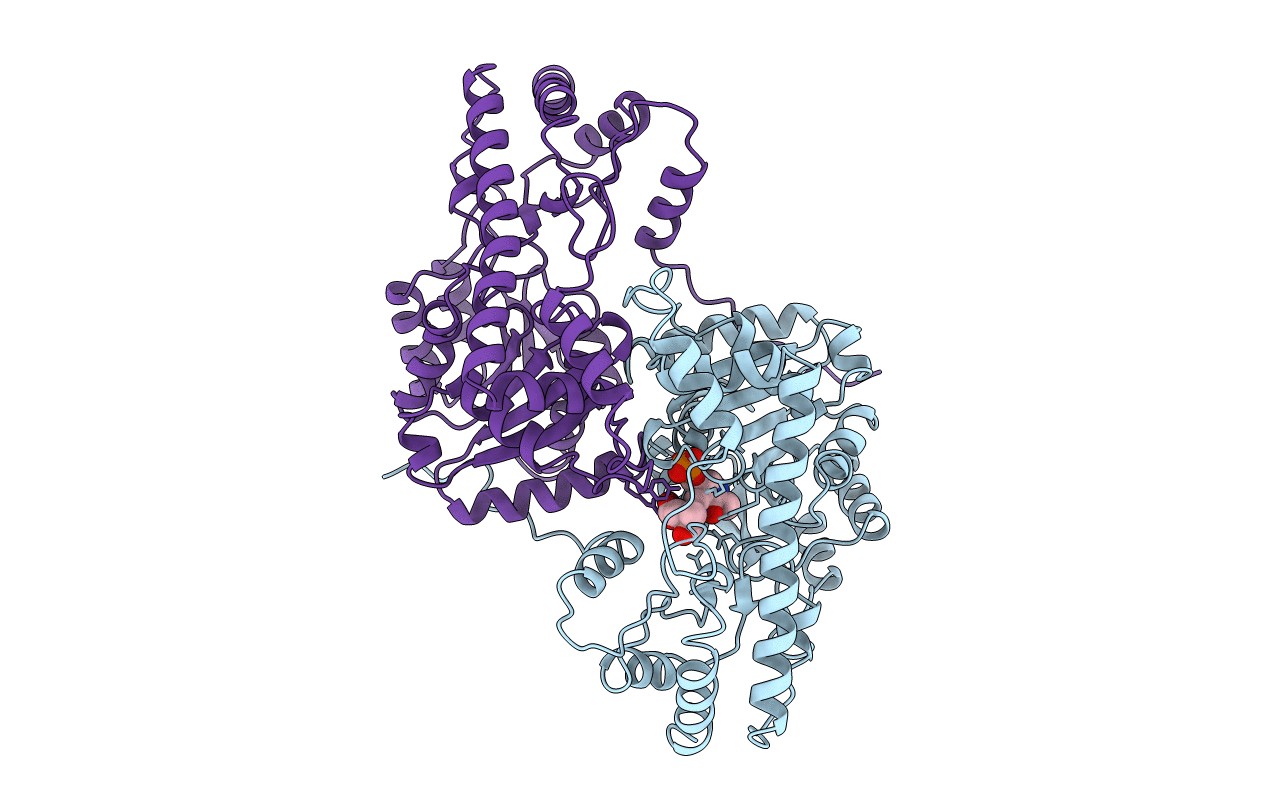
Deposition Date
1997-05-08
Release Date
1997-08-20
Last Version Date
2024-06-05
Entry Detail
PDB ID:
1AJS
Keywords:
Title:
REFINEMENT AND COMPARISON OF THE CRYSTAL STRUCTURES OF PIG CYTOSOLIC ASPARTATE AMINOTRANSFERASE AND ITS COMPLEX WITH 2-METHYLASPARTATE
Biological Source:
Source Organism:
Sus scrofa (Taxon ID: 9823)
Method Details:
Experimental Method:
Resolution:
1.60 Å
R-Value Observed:
0.17
Space Group:
P 21 21 21


